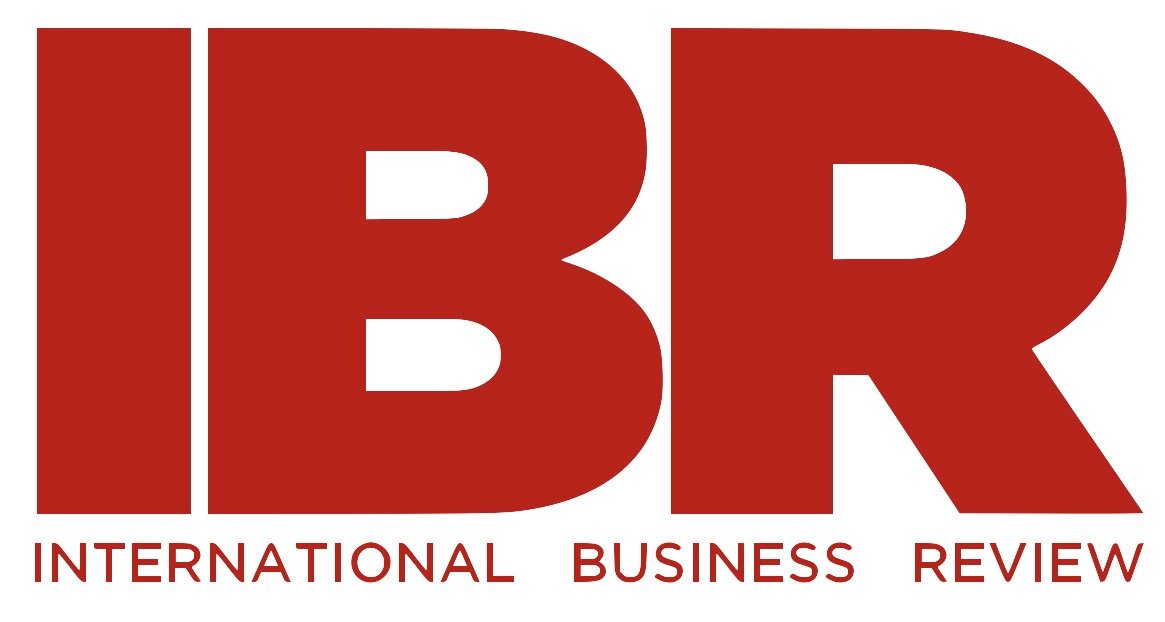What is the New Lipstick Effect? by Annabelle Noyes W’24
Since the Great Depression, each following recession has exhibited skyrocketed lipstick sales. This is known as the lipstick effect, as lipstick is a cheap product for small indulgence during tough economic times. Essentially the lipstick effect is a manifestation of what economists call the income effect. Lipstick is an inferior good because as consumers’ incomes fall, they forgo big-ticket luxury goods purchases. The lipstick effect can also be used to understand why casual restaurants and movie complexes have tended to do well amid recessions. On a more psychological side, many theorize that because labor markets become more competitive during recessions, job seekers may spend more on goods to enhance their appearance.
The lack of timely data aggregate lipstick sales limits the usefulness of using the lipstick effect to predict economic downturns. Nevertheless, lipstick sales have consistently shot through the roof during recessions and can be used as a tool for retrospective analysis of the economy. When the pandemic hit in 2020, the lipstick effect no longer held true, as consumers brought their spending to different segments of the beauty industry.
Of course, COVID-19 has shifted our understanding of the lipstick effect, as mask mandates and limited in-person events have starkly decreased the demand for lipstick. Internationally, sales for lipstick and foundation had been down by more than 70% during 2020, while sales for eyeshadow and eyeliner were up by more than 200%. Mask wearing draws more attention to the eyes, so the eyeshadow, eyeliner, and mascara industries have been thriving, paving the way for a new “eyeliner effect” to be a potential barometer of the pandemic economy.
Most interestingly, there has been an upward trend in the skincare market throughout 2020. Professionals are attributing some of this to the skin issues caused by mask wearing, as well as the increased willingness to pay for high end skincare. Economists have looked at skincare as the “lipstick equivalent” of the leisurewear people have turned to during times of poor economic health. In fact, some professionals have even forecasted the tendency of skincare sales to soar during future recessions, hence coining the term “skincare effect.”
Since March 2020, E-commerce sales of skincare products skyrocketed, especially in the Asia Pacific region, where the skincare market is the largest and fastest growing. More and more consumers are turning to Korean skincare products, as well as domestic organic skincare products. In the last few years, there has been a rising awareness regarding the benefits of skincare products, and when this rising awareness met social isolation, the global skincare products market reaped the benefits.
During the forecast period 2021-2026, the global skincare market is projected to grow at a compound annual growth rate of 4.69%. However, if the skincare market continues to grow rather than decline when the health of our global economy returns, the skincare effect cannot be synonymous to the lipstick effect. Because new skincare habits is considered a lifestyle change, the higher demand for skincare products may very well have longevity, rather than sales swooping up and down like lipstick sales as we see with the lipstick effect.
If lipstick sales do not bounce back in a post-pandemic economy, it will be interesting to see if another cosmetic becomes the new barometer for the health of the economy. Will it be skincare? Eye makeup? Haircare? For so long, the lipstick effect has stood the test of time across decades and recessions, but did not hold in the midst of a pandemic and lifestyle changes.
Annabelle is a freshman at Wharton studying finance and management. Originally from outside of Milwaukee, WI, she enjoys travel and museums. She is also involved in Wharton Women, Class Board, WHFC, and WUFFA, with interests in venture capital, private equity, real estate, and politics.

